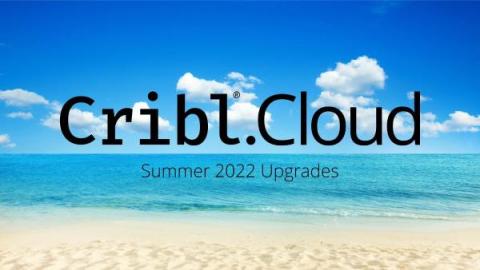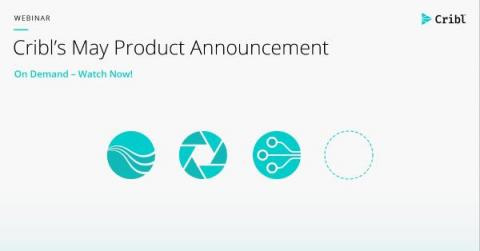Bring More Reliability and Insights to Your Observability Pipelines with Cribl Stream 3.5
We’ve been busy building more features for Cribl Stream, and are excited to share the new value we offer our users. Cribl Stream 3.5 is now available! This release brings some much-requested features that will help users build more robust observability pipelines, with new sources and destinations. Let’s dive into what’s new!









